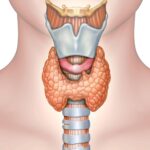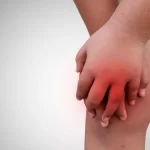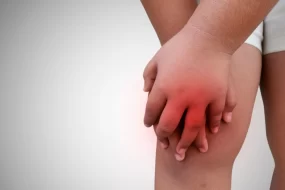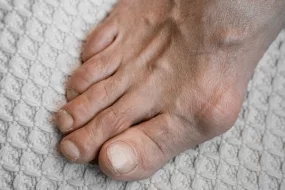- Home
- INTERNAL MEDICINE
- Aortic Aneurysm

An aortic aneurysm is an abnormal dilatation of the aortic lumen. The infrarenal aorta is the most common site. The descending thoracic aorta may be involved, while ascending aortic aneurysms are rare.
Risk factors and etiology;
- Male sex
- Age>60 years
- Smoking
- Dyslipidemia
- Arterial hypertension
- Atherosclerosis
- Trauma
- Bicuspid aortic valve for thoracic aortic aneurysm ( TAA)
- Tertiary syphilis
- Connective tissue disease, e.g., Marfan’s syndrome
- Genetic factors- tends to run in families
Clinical features
Dependent on the site
- TAA – acute severe chest pain
- Others – stridor, superior vena cava syndrome, thoracic back pain
- Massive bleeding if it erodes into the esophagus or bronchi
- Abdominal aortic aneurysm (AAA) – pain in the central abdomen, lower back, loin, iliac fossa, or groin
- Signs of compression to the duodenum or inferior vena cava
- Examination- pulsatile abdominal mass, bruit on auscultation
- The usual age of presentation is 75 to 85 years for emergency presentations and 65 to 75 years for elective presentation
Investigations
1. Ultrasound is the best way to establish a diagnosis and follow-up for those patients with a small aneurysm not warranting surgery
- In the UK, screening for men >65 has been started.
2. CT scan- more accurate in size and extent of the aneurysm, surrounding structures, and presence of other pathology. It is suitable for pre-operative investigation
Management
Until an asymptomatic AAA reaches 5.5cm in diameter, the risks of surgery outweigh the benefits
Indications for surgery;
- Ruptured AAA
- Pain- it predates rupture
- Distal embolization
- Diameter ≥5.5 cm for AAA and descending TAA, and ≥6.5cm for ascending TAA
- An expansion rate of >1cm per year
- Symptomatic aneurysm
Surgical procedures;
1. Open aortic aneurysm repair has been the treatment of choice. The aneurysmal segment is replaced with a prosthetic graft. Patients who survive the procedure have a long-term survival approaching that of the general population
- It is also indicated for mycotic aneurysms and infected grafts, and when EVAR fails
2. Endovascular aneurysm repair(EVAR)- is increasingly replacing open surgery. A stent is introduced via the femoral arteries. It is cost-effective and likely to become the treatment of choice. It is also preferred in patients not suitable for open surgery
-Beta-blockers if the aneurysm is due to Marfan’s syndrome- to reduce the rate of aortic dilatation and risk of rupture
-Elective replacement of the ascending aorta in those with evidence of progressive aortic dilatation. It, however, carries a mortality rate of 5 to 10%
Complications of aortic aneurysms
- Rupture,
- Embolism
- Aortic dissection
- Graft infection
- Endoleak
- Graft thrombosis
- Aortic enteric fistula












